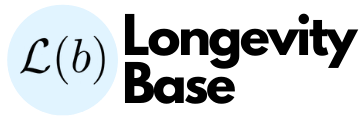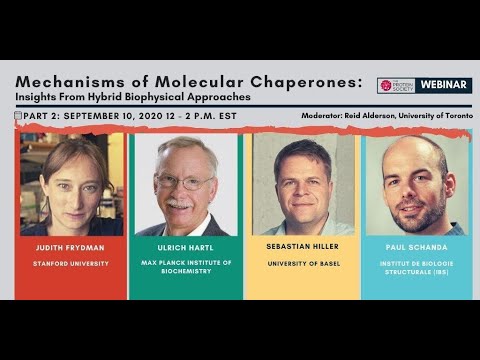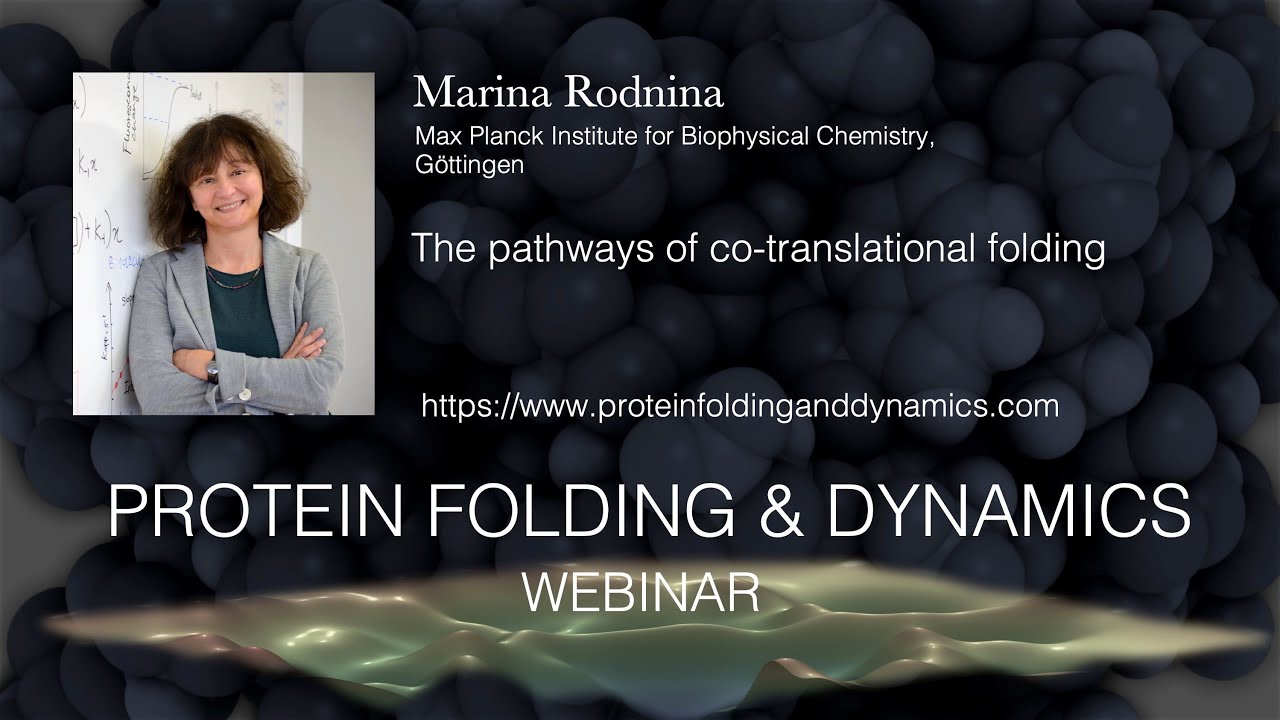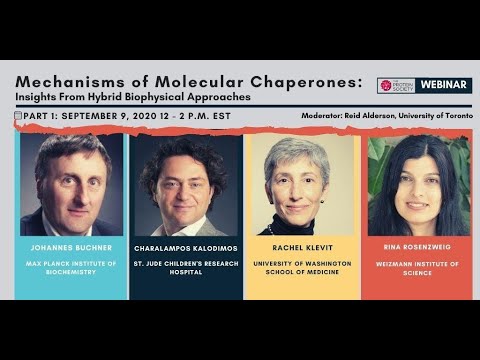THIS IS GOOD ESP AT 1:14:45
Analysis of the SecB–PhoA structure revealed how SecB recognizes PhoA and how it accommodates all five PhoA sites (Fig. 1b) within one SecB molecule (Fig. 3). Most of the PhoA site a residues (Thr5 through Ala21) are engaged in nonpolar contacts with the SecB residues in the groove, burying a total of ~2250 Å2 of surface (~1900 Å2 nonpolar and ~350 Å2 polar). Interestingly, helix α2 in SecB, which acts as a lid of the binding groove, swings outward, by ~50°, upon PhoA binding (Fig. 4a). Together with an outward displacement of the first two turns of the helix α1, the width of the hydrophobic groove increases significantly so as to accommodate the large nonpolar side chains of the client (Figs 3, ,4a).4a). Moreover, the rearrangement of several side chains lining the SecB groove allows some of the bulky PhoA residues (e.g. Leu8, Leu11, and Phe15) to bury their side chains into the groove. Although the vast majority of the contacts are hydrophobic, several of the polar groups in PhoA site a are poised to form hydrogen bonds with polar SecB residues lining the groove (Fig. 3). PhoA site a binds to SecB in an extended conformation, which maximizes the interacting surface. Of note, this region of PhoA forms an α helix when bound to a hydrophobic groove in the SecA ATPase29
Proteins of the HSP40 family, also known as J-domain proteins (JDPs), have a key role in this process by preselecting substrates for transfer to their HSP70 partners and by stimulating the ATP hydrolysis of HSP70, leading to stable substrate binding3,4. In humans, JDPs constitute a large and diverse family with more than 40 different members2, which vary in their substrate selectivity and in the nature and number of their client-binding domains5. Here we show that JDPs can also differ fundamentally in their interactions with HSP70 chaperones
https://www.utsouthwestern.edu/labs/demartino/research/proteasomes.html



